Overview of the Collaboration
The collaboration between NVIDIA and GE HealthCare signifies a major advancement in integrating AI into healthcare, specifically for diagnostic imaging. NVIDIA, renowned for its AI computing, contributes its expertise in developing powerful AI hardware and software, essential for processing large imaging data accurately and swiftly. Their NVIDIA Clara platform is notable for handling complex healthcare data sets. GE HealthCare, a leader in medical imaging, offers its clinical expertise and a strong portfolio of imaging equipment like MRI and CT machines, ensuring seamless AI integration. This partnership aims to merge NVIDIA’s AI technology with GE HealthCare’s imaging expertise to enhance diagnostic accuracy and streamline clinical workflows, reducing healthcare professionals’ workload. The collaboration also focuses on making AI-driven solutions scalable and accessible across various healthcare settings, including smaller clinics, while adhering to data security and privacy standards. Ultimately, this partnership seeks to revolutionize diagnostic imaging, leading to improved patient outcomes and efficient healthcare delivery.
Background of NVIDIA and GE HealthCare
NVIDIA Corporation, established in 1993, is a leader in graphics processing technologies, initially known for its GPUs in gaming. It has expanded into AI, data centers, and automotive technologies, with its CUDA architecture being pivotal for AI and Machine Learning. NVIDIA’s GPUs support complex algorithms and deep learning, essential for autonomous systems and data analytics.
GE HealthCare, with origins in the General Electric Company, is a global innovator in medical technology and digital solutions. It has a rich history in medical imaging and diagnostics, offering systems like MRI, CT, and ultrasound, along with digital solutions for data analytics in patient care.
NVIDIA and GE HealthCare’s collaboration combines NVIDIA’s AI expertise with GE HealthCare’s medical technology experience to create autonomous diagnostic imaging solutions. This partnership aims to enhance diagnostic accuracy and efficiency, improving patient outcomes and operational efficiencies in healthcare systems.
Objectives of the Partnership
The partnership between NVIDIA and GE HealthCare aims to transform diagnostic imaging by integrating Artificial Intelligence. Key objectives include enhancing diagnostic imaging capabilities by merging NVIDIA’s AI expertise with GE HealthCare’s medical imaging experience to improve interpretation accuracy and speed. The collaboration seeks to develop autonomous imaging systems that minimize human intervention, reducing radiologists’ workloads and enhancing diagnostic precision by identifying patterns that might be missed by the human eye. Additionally, the integration of Physical AI into imaging devices is intended to optimize data acquisition, improve image quality, and enable real-time analysis. The partnership also focuses on ensuring the scalability and accessibility of advanced imaging technologies globally, aiming to reduce healthcare disparities. Furthermore, fostering Innovation and research is a priority, with both companies collaborating on research initiatives to explore new AI applications in medical imaging and set industry standards. This collaboration aims to usher in a new era of medical imaging with improved diagnostic capabilities and patient outcomes.
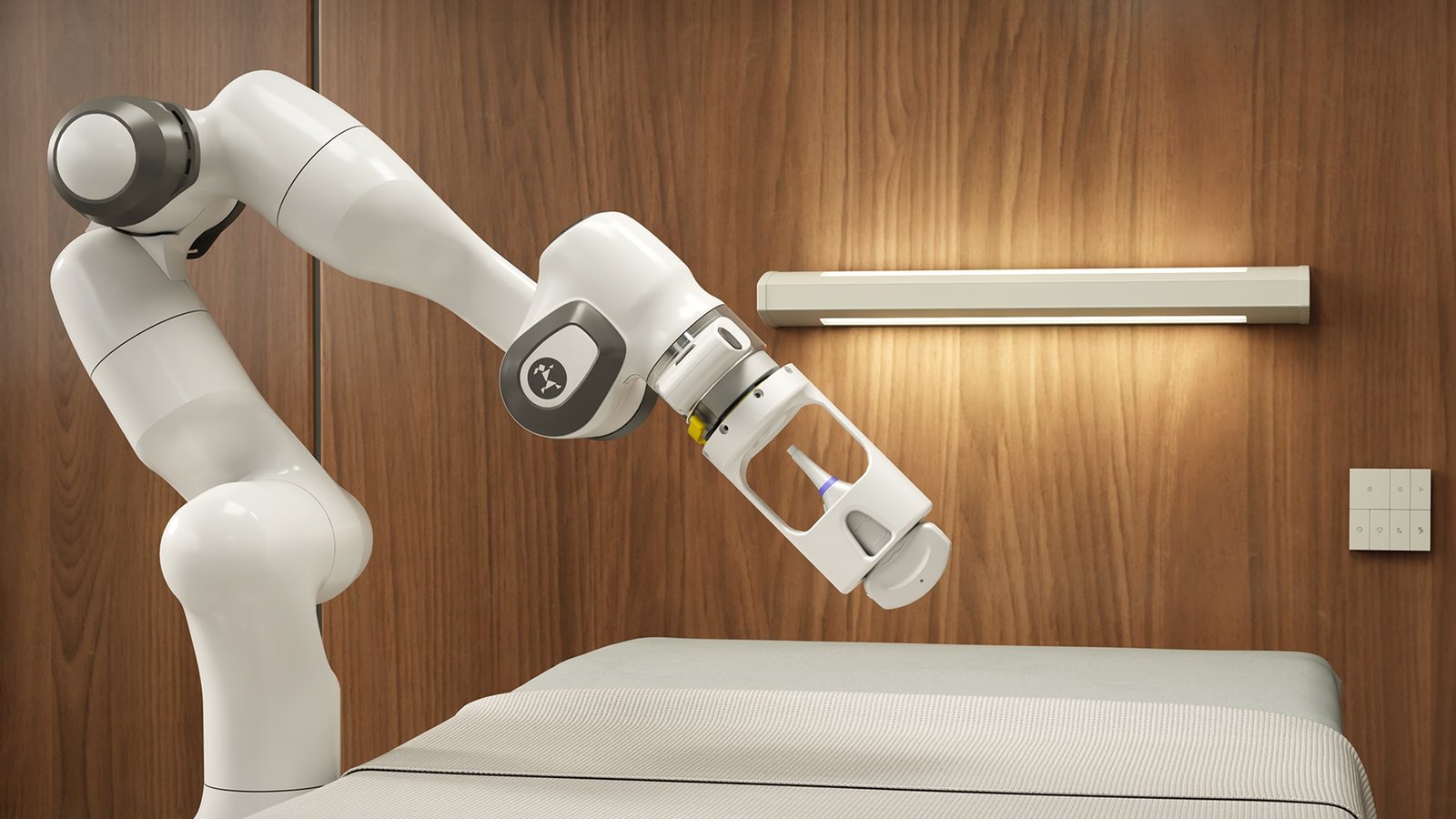
The Role of Physical AI in Diagnostic Imaging
Physical AI integrates artificial intelligence with physical systems to enhance diagnostic imaging by automating image interpretation, improving accuracy, and reducing radiologists’ workload. Machines trained with AI can recognize patterns and anomalies in medical images, minimizing human error and leading to more accurate diagnoses. In emergency situations, Physical AI enables real-time image analysis, allowing for rapid decision-making and potentially life-saving interventions, especially in areas lacking specialized radiologists. Additionally, AI personalizes diagnostic imaging by tailoring protocols to individual patient characteristics, optimizing imaging parameters, and reducing unnecessary radiation exposure. Furthermore, AI’s predictive analytics capabilities can identify disease markers from historical data, facilitating earlier detection and intervention for chronic conditions. Overall, Physical AI improves healthcare delivery by enhancing automation, real-time analysis, personalization, and predictive analytics, leading to better patient outcomes and more efficient medical services. Collaborations like NVIDIA and GE HealthCare’s promise further innovations in this field, integrating AI-driven technologies into healthcare.
Definition and Importance of Physical AI
Physical AI merges artificial intelligence with physical systems, allowing machines to autonomously interact with the physical world, mimicking human cognition and interaction. This integration enhances machine capabilities beyond traditional computational tasks, offering transformative potential across various industries. In healthcare, for instance, Physical AI can create autonomous diagnostic systems that process medical data and learn from patient interactions, leading to more accurate diagnoses and personalized treatments. These systems can dynamically adjust operations based on real-time data, crucial in precision-demanding environments like surgeries or emergency care. By embedding AI in devices such as medical imaging machines, Physical AI improves efficiency and effectiveness in healthcare services. This technology signifies a major advancement in AI’s integration with the physical world, promising to enhance human capabilities, boost operational efficiencies, and drive innovation across sectors reliant on physical interaction and decision-making. Its impact is profound, heralding a new era of intelligent, adaptive machines.
Current Challenges in Diagnostic Imaging
Diagnostic imaging is vital in healthcare but faces challenges impacting its effectiveness and accessibility. A key issue is the vast volume of data generated by advanced imaging technologies, leading to overwhelming workloads for radiologists and the risk of burnout. Additionally, variability in image interpretation can result in inconsistent diagnoses, influenced by factors like experience and fatigue. A shortage of trained radiologists, especially in low-resource areas, further delays image analysis and diagnosis. The integration of AI in imaging presents potential benefits but also raises concerns about algorithm reliability and the need for validation. Financial and logistical barriers, including high costs of equipment and ongoing training requirements, hinder the adoption of advanced technologies. Collaborative efforts are needed to address these challenges, ensuring diagnostic imaging remains efficient, accurate, and accessible.
Technological Innovations Brought by the Collaboration
The collaboration between NVIDIA and GE HealthCare is set to transform diagnostic imaging by integrating advanced AI technologies. Central to this partnership is the development of autonomous diagnostic imaging capabilities using NVIDIA’s AI platform and GE HealthCare’s imaging technologies. A significant innovation is the use of NVIDIA’s Clara platform, which processes complex imaging data with unprecedented speed and accuracy, leading to faster diagnostics. The collaboration also integrates AI models directly into GE HealthCare’s devices, allowing real-time data processing and immediate insights during examinations, enhancing healthcare efficiency and patient outcomes. Additionally, federated learning is implemented for decentralized AI training across multiple datasets, ensuring privacy and improving model robustness. AI-powered applications for image enhancement further improve diagnostic accuracy while minimizing radiation exposure. The partnership also aims to streamline workflows by automating routine tasks, reducing radiologists’ workload, and expediting the diagnostic process. Overall, this collaboration enhances imaging device capabilities and healthcare delivery efficiency.

NVIDIA’s AI Capabilities
NVIDIA is at the forefront of AI innovation, utilizing its powerful GPUs for high-speed complex computations essential for training deep learning models. Their CUDA parallel computing platform is crucial for AI applications, significantly accelerating computations for training and inference in deep learning models. This technology supports tasks such as image recognition and natural language processing with unprecedented efficiency. NVIDIA also provides a comprehensive suite of AI tools, including the Deep Learning SDK, which optimizes AI workflows for high precision in fields like medical imaging. By fostering a robust ecosystem for AI development, NVIDIA empowers developers to create solutions that enhance diagnostic accuracy. The company invests heavily in AI research, collaborating with academic and industry partners to explore new methodologies. Through its collaboration with GE Healthcare, NVIDIA aims to advance AI-powered diagnostic tools, improving patient outcomes and healthcare delivery. Overall, NVIDIA’s capabilities are marked by its powerful hardware, comprehensive software, and commitment to research.
GE HealthCare’s Imaging Expertise
GE HealthCare is a leader in medical imaging, known for its innovative technologies that have transformed diagnostics. Their portfolio includes MRI, CT, ultrasound, and X-ray systems, noted for precision, speed, and reliability, essential for accurate diagnoses. A significant strength is their integration of cutting-edge technology with clinical insights, producing imaging solutions that provide actionable medical data. GE HealthCare has advanced imaging capabilities by incorporating artificial intelligence (AI), enhancing image processing speed, anomaly detection, and physiological parameter quantification, which improves diagnostic efficiency and accuracy. Their commitment to innovation is evident in ongoing research and development investments, collaborating with academic and industry leaders to explore new technologies. This approach has led to advanced solutions addressing healthcare professionals’ and patients’ evolving needs. GE HealthCare’s expertise, characterized by advanced imaging technologies and AI integration, positions them as a leader in medical imaging and a key partner in advancing healthcare through technology.
Integration of AI with Imaging Technologies
The integration of AI with medical imaging technologies marks a significant advancement in diagnostic imaging. Collaboration between NVIDIA and GE HealthCare aims to enhance imaging capabilities by developing sophisticated AI algorithms compatible with existing equipment. AI improves image acquisition, processing, and interpretation, excelling in identifying patterns and anomalies that may be missed by the human eye, crucial for early detection and accurate diagnosis of medical conditions. One major benefit is the automation of image analysis, which speeds up and standardizes interpretation, reducing radiologists’ workload and minimizing human error. AI can quickly analyze complex datasets, assisting radiologists in making informed decisions. Additionally, AI enhances imaging precision by optimizing image quality in real-time, especially in dynamic environments like MRI or CT scans. The NVIDIA-GE HealthCare partnership focuses on creating AI models tailored to specific imaging technologies and clinical applications, aiming for scalable solutions that drive innovation in diagnostic tools. This integration promises to revolutionize healthcare delivery through improved image analysis, automation, and precision.
Expected Benefits of Autonomous Diagnostic Imaging
The collaboration between NVIDIA and GE HealthCare aims to revolutionize medical imaging through autonomous diagnostic imaging with Physical AI, offering several key benefits. Firstly, it increases diagnostic accuracy by using advanced AI algorithms to detect subtle patterns and anomalies, potentially leading to more precise diagnoses. Secondly, it enhances workflow efficiency by automating routine tasks, allowing radiologists to focus on complex cases. Thirdly, AI integration reduces the time to diagnosis by enabling real-time image processing, facilitating quicker treatment initiation. Moreover, it improves access to care, especially in underserved areas, by providing high-quality diagnostics remotely. Cost-effectiveness is another advantage, as it optimizes resource use and reduces repeat imaging, leading to healthcare savings. Additionally, AI systems continuously learn and improve, refining their diagnostic capabilities over time. Lastly, it enhances the patient experience by offering quicker diagnoses and more personalized treatment plans, contributing to better overall outcomes. Overall, autonomous diagnostic imaging promises to transform medical imaging, enhancing accuracy, efficiency, and accessibility.
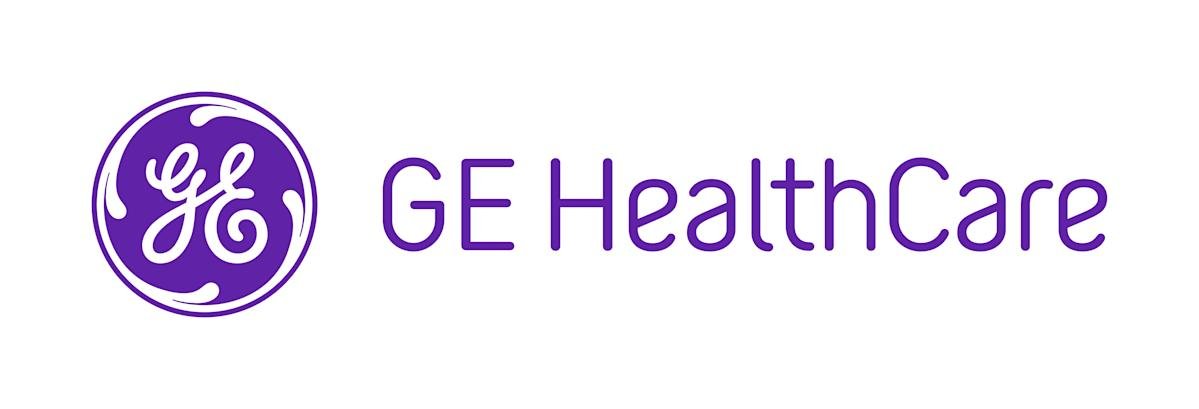
Improved Accuracy and Efficiency
The collaboration between NVIDIA and GE HealthCare aims to revolutionize diagnostic imaging by integrating Physical AI, enhancing accuracy and efficiency. By utilizing NVIDIA’s advanced AI platforms, GE HealthCare seeks to transform medical image analysis, leading to faster and more precise diagnoses. The partnership enhances image interpretation accuracy by incorporating AI-driven algorithms, assisting radiologists in identifying potential concerns and reducing human error (Source A). Additionally, AI’s rapid data processing significantly speeds up diagnostic processes, crucial in high-volume settings like emergency departments (Source B). The integration of AI streamlines operations by automating routine tasks, reducing healthcare professionals’ workload, and allowing focus on complex cases, thus improving patient care (Source C). The collaboration also leverages AI’s ability to learn and improve over time, ensuring diagnostic tools remain cutting-edge and providing clinicians with the most accurate information (Source D). Overall, this partnership is set to improve patient outcomes and optimize medical workflows.
Enhanced Patient Outcomes
NVIDIA and GE HealthCare’s partnership aims to enhance patient outcomes by integrating advanced AI diagnostic imaging technologies. This collaboration leverages NVIDIA’s AI capabilities and GE HealthCare’s medical imaging expertise to improve diagnostic accuracy and efficiency. AI-powered systems can detect anomalies earlier and more accurately than humans, crucial for diseases like cancer and cardiovascular conditions, leading to better treatment plans and survival rates. AI also reduces human error in image interpretation, providing radiologists with a reliable second opinion, thus boosting diagnostic accuracy and confidence. Additionally, AI systems support personalized medicine by offering detailed patient insights, allowing tailored treatment plans that improve efficacy and reduce adverse reactions. The integration of AI enhances healthcare efficiency, enabling providers to manage more cases without sacrificing quality, beneficial in regions with radiologist shortages. Overall, this collaboration is set to improve patient care quality and healthcare system efficiency globally.
Cost-Effectiveness in Healthcare
The partnership between NVIDIA and GE HealthCare to develop autonomous diagnostic imaging using Physical AI offers significant cost-effectiveness in healthcare. AI technologies can streamline diagnostic processes, reducing manual labor and time spent on procedures, leading to lower operational costs. AI systems analyze medical images faster than humans, shortening diagnosis time and reducing resource needs (Source 1). Additionally, AI provides precise diagnostic insights, decreasing unnecessary tests and procedures, thus conserving resources and enhancing patient care by minimizing exposure to harmful procedures (Source 2). The collaboration also aims to improve the scalability of diagnostic services, allowing higher patient volumes without increased costs, benefiting regions with limited medical professionals (Source 3). Furthermore, AI integration supports better patient outcomes through early and accurate diagnosis, reducing complications and expensive treatments, thereby decreasing overall healthcare expenditures (Source 4). In summary, leveraging AI in diagnostic imaging promises significant cost savings and improved healthcare accessibility (Sources 1, 2, 3, 4).
Potential Impact on the Healthcare Industry
The collaboration between NVIDIA and GE HealthCare is poised to transform the healthcare industry by integrating AI and machine learning into diagnostic imaging. This partnership aims to enhance diagnostic accuracy and speed, allowing radiologists to identify anomalies more quickly and precisely, leading to timely interventions and improved patient outcomes. AI systems’ continuous learning capabilities are expected to further improve diagnostic accuracy over time, reducing human error. Additionally, AI integration can streamline healthcare workflows by automating routine tasks, enabling professionals to focus on complex cases and optimize resource allocation, especially in high-demand settings. This efficiency can reduce patient wait times and increase diagnostic service throughput. The partnership also advances personalized medicine by using AI to analyze large datasets, identifying patterns for tailored treatment plans, thus enhancing therapeutic effectiveness. Furthermore, AI’s role in diagnostic imaging could lead to cost savings by minimizing repeat scans and errors, reducing operational costs, and potentially shortening hospital stays. This collaboration may also spur innovation, fostering new diagnostic techniques and applications, ultimately benefiting patients worldwide.
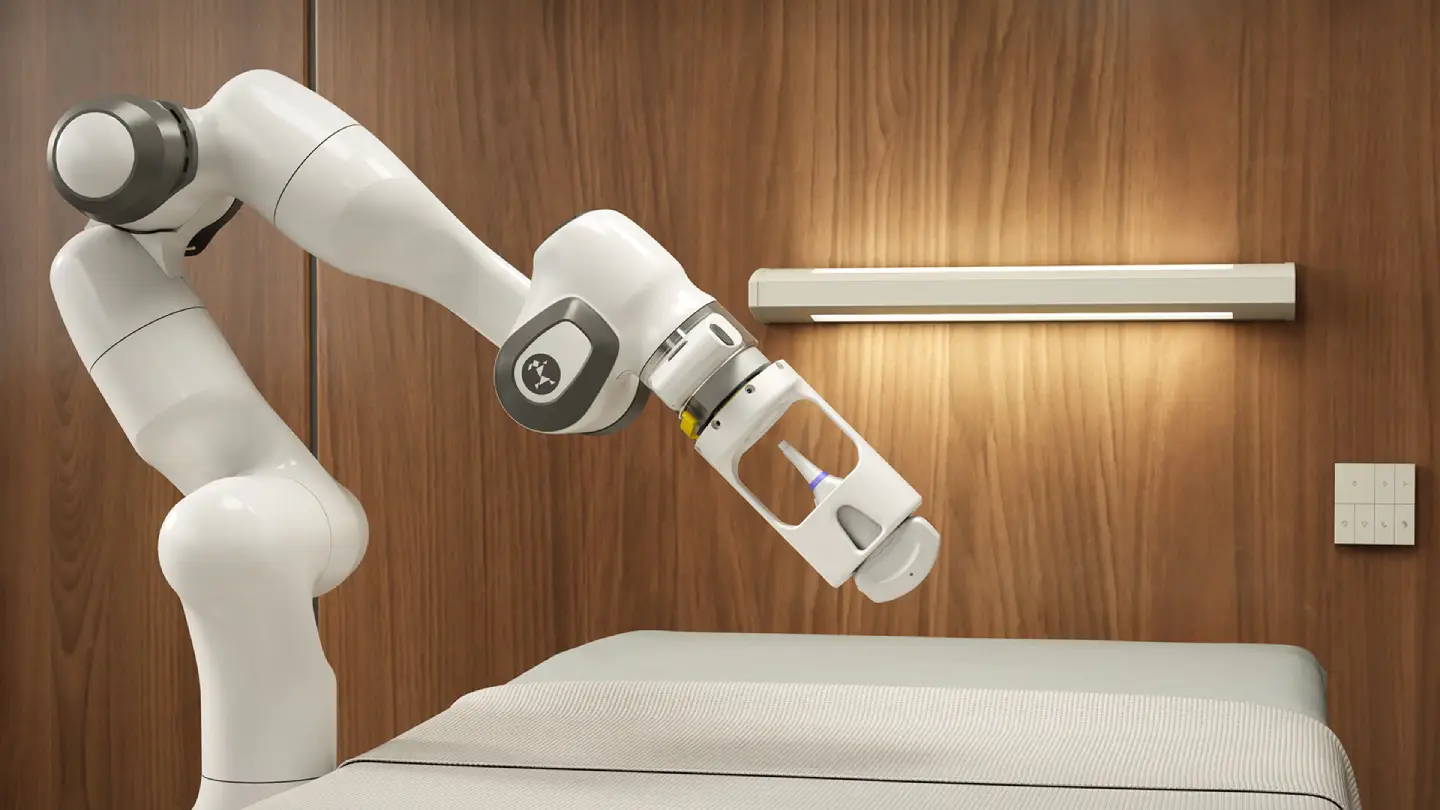
Transformation of Diagnostic Procedures
The collaboration between NVIDIA and GE HealthCare is transforming diagnostic imaging by integrating AI technologies to enhance efficiency and accuracy. AI algorithms developed through this partnership perform tasks traditionally reliant on human expertise, identifying patterns in medical images with speed and precision beyond human capabilities. This advancement aids in early disease detection, crucially improving patient outcomes by enabling timely interventions. Additionally, AI reduces radiologists’ workloads by automating routine tasks, allowing them to focus on complex cases and reducing human error. AI-driven systems also promote personalized medicine by tailoring diagnostic and treatment plans to individual patients based on comprehensive Data Analysis. The collaboration emphasizes continuous AI model improvement through vast healthcare datasets, ensuring cutting-edge diagnostic accuracy. This partnership revolutionizes diagnostic imaging, enhancing speed, accuracy, and personalization, thereby optimizing healthcare professionals’ workflow and significantly advancing medical imaging and diagnostics.
Implications for Healthcare Professionals
The collaboration between NVIDIA and GE HealthCare to enhance autonomous diagnostic imaging through Physical AI has significant implications for healthcare professionals. Integrating advanced AI technologies can increase the accuracy and efficiency of imaging procedures, aiding in early and accurate disease detection, and improving patient outcomes. AI-driven imaging solutions can reduce the workload of radiologists by automating routine tasks, allowing them to focus on complex cases and improve job satisfaction. However, this shift requires new training for healthcare professionals to interpret AI-generated results effectively, necessitating ongoing education in AI literacy. The integration of AI into healthcare settings can streamline processes and enhance efficiency, but it also raises ethical and regulatory concerns, such as data privacy and the need for human oversight in AI decision-making. In conclusion, while AI advancements offer substantial benefits, they also demand adaptation, ethical considerations, and a commitment to continuous professional development.
Challenges and Considerations
The collaboration between NVIDIA and GE HealthCare to enhance autonomous diagnostic imaging using Physical AI faces several challenges. Key concerns include data privacy and security, as patient information must be protected against breaches, adhering to regulations like HIPAA. Integration with existing healthcare systems is also challenging due to the diversity of legacy systems, necessitating interoperable solutions to prevent workflow disruptions. Algorithm bias is another critical issue, as training data must represent diverse populations to ensure equitable diagnostic accuracy. Regulatory approval is complex, with AI tools needing rigorous evaluation by bodies like the FDA to prove safety and efficacy. Ethical implications arise as AI becomes more autonomous, requiring clear guidelines to maintain human oversight in decision-making. Additionally, the workforce will be affected, necessitating reskilling of healthcare professionals to work alongside AI technologies. Addressing these challenges is crucial for the successful implementation and adoption of AI-driven diagnostic tools, ensuring effective and equitable healthcare solutions.
Ethical and Regulatory Concerns
The collaboration between NVIDIA and GE HealthCare to develop autonomous diagnostic imaging with Physical AI presents several ethical and regulatory challenges. Key ethical concerns include patient privacy and data security, as AI systems rely on large datasets, often containing sensitive health information, increasing the risk of data breaches. Ensuring robust encryption and anonymization is essential. Transparency and accountability of AI algorithms are also crucial, especially in life-critical scenarios, to address potential diagnostic errors and maintain trust. The potential displacement of human radiologists is another concern, highlighting the need for AI to complement rather than replace healthcare professionals. Regulatory bodies must establish comprehensive guidelines for AI use in healthcare, ensuring safety and efficacy while adapting to technological advancements. Additionally, addressing biases in AI algorithms is vital to ensure equitable healthcare outcomes across diverse patient populations. By addressing these concerns, stakeholders can ensure the responsible and beneficial deployment of AI technologies in healthcare.
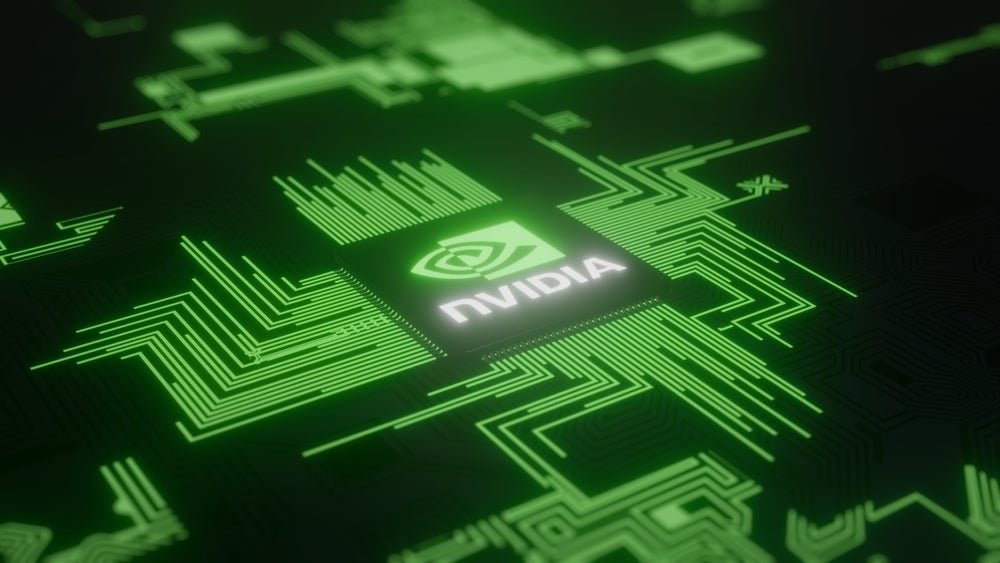
Data Privacy and Security Issues
In healthcare, data privacy and security are crucial, especially for sensitive patient information. The collaboration between NVIDIA and GE HealthCare in autonomous diagnostic imaging with AI requires a strong framework to protect data integrity. Compliance with regulations like HIPAA and GDPR is essential to prevent unauthorized access and breaches. The complexity of AI-driven imaging increases the risk of data breaches, necessitating robust cybersecurity measures such as data encryption and strong authentication protocols. AI systems also pose challenges due to their need for large data volumes for training, highlighting the importance of data anonymization to prevent re-identification. Techniques like data masking and differential privacy can help mitigate these risks. Transparency in AI algorithms is critical for trust, requiring clear documentation of data usage. Continuous monitoring and evaluation are necessary to address vulnerabilities. By tackling these issues, NVIDIA and GE HealthCare can create a secure environment that supports innovation while ensuring patient trust and regulatory compliance.
Future Prospects and Developments
The collaboration between NVIDIA and GE HealthCare signifies a major advancement in integrating AI into healthcare, particularly in diagnostic imaging. Future developments include enhancing imaging technologies with Physical AI, aiming for faster and more accurate diagnostics, thus improving treatment outcomes. This partnership combines NVIDIA’s AI expertise with GE HealthCare’s imaging experience, potentially easing radiologists’ workload by allowing them to focus on complex cases.
AI-driven imaging solutions could democratize healthcare, providing remote areas access to advanced diagnostics without extensive infrastructure. This could improve healthcare accessibility and equity. Additionally, AI’s ability to analyze vast datasets might revolutionize personalized medicine, offering tailored treatment plans and shifting towards predictive healthcare. The integration of AI in diagnostic imaging could also accelerate medical research, leading to breakthroughs in understanding diseases and developing new therapies.
Ensuring ethical AI deployment, addressing data privacy, and algorithmic bias will be crucial, requiring collaboration with regulatory bodies. Overall, this partnership promises more accessible, efficient, and personalized healthcare solutions, transforming global medical services.
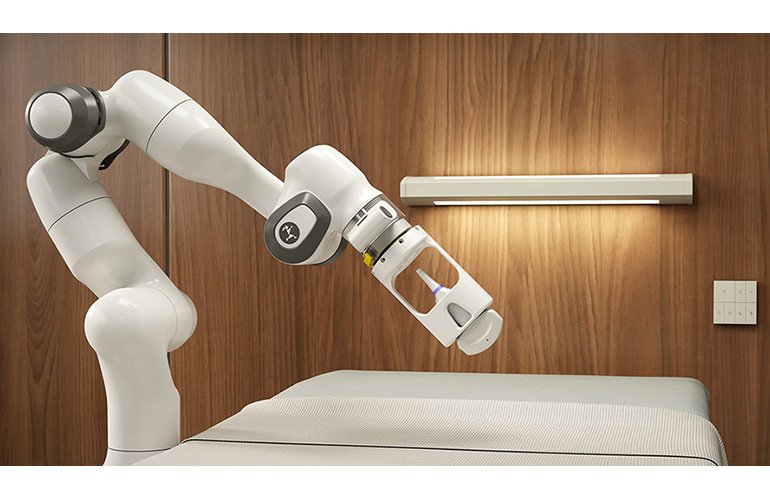
Long-term Goals of the Collaboration
The collaboration between NVIDIA and GE HealthCare aims to transform medical imaging by integrating AI with imaging systems to improve diagnostic accuracy and efficiency. A key goal is developing autonomous imaging solutions to reduce healthcare professionals’ workload, allowing them to focus on complex cases. The partnership also seeks to democratize access to advanced diagnostic tools globally, making high-quality imaging available in underserved areas to improve patient outcomes. Additionally, by merging AI with imaging data, the collaboration intends to advance personalized medicine, creating tailored diagnostic and treatment plans that consider individual genetic, environmental, and lifestyle factors. Establishing a framework for data sharing and interoperability across healthcare systems is another focus, promoting open standards for seamless data exchange. Lastly, the partnership aims to address regulatory and ethical challenges, working with regulatory bodies to ensure safe AI deployment in clinical settings. These goals collectively aim to enhance healthcare delivery worldwide.
Potential for Expansion and New Applications
The collaboration between NVIDIA and GE HealthCare in autonomous diagnostic imaging signifies a major advancement in healthcare technology, with potential for broad applications across medical fields. Integrating Physical AI into imaging systems enhances diagnostic accuracy and reliability, improving disease detection in areas like cancer and cardiovascular conditions. This could lead to earlier, more precise diagnoses and better patient outcomes. The partnership aims to develop sophisticated diagnostic tools across various imaging modalities, such as MRI and CT, and introduce AI-driven real-time analysis for tailored imaging procedures, reducing repeat scans. Additionally, autonomous imaging in telemedicine can extend expert diagnostics to remote areas, enhancing access to quality healthcare. Beyond traditional settings, these technologies could be vital in military and emergency scenarios, offering on-site diagnostic capabilities. The collaboration also opens pathways for integrating imaging with AI-driven technologies like robotic surgery and personalized medicine, enhancing surgical precision and individualized treatment plans. Overall, this partnership promises significant improvements and innovations in healthcare delivery.
Conclusion
The collaboration between NVIDIA and GE HealthCare marks a significant advancement in diagnostic imaging technology. By combining NVIDIA’s AI capabilities with GE HealthCare’s medical imaging expertise, the partnership aims to develop autonomous diagnostic systems that enhance accuracy, efficiency, and accessibility. The integration of Physical AI, which merges AI with real-world applications, addresses healthcare challenges by reducing diagnostic errors, speeding up processes, and easing healthcare professionals’ workloads. These AI-powered systems automate routine tasks and offer decision support, allowing radiologists and clinicians to focus on complex patient care. The collaboration also stresses ethical AI deployment, prioritizing patient safety and data privacy, crucial for gaining trust from healthcare providers and patients. This partnership is a transformative step towards a future where AI-driven diagnostic imaging significantly improves patient outcomes and sets a standard for future medical technology innovations, potentially making high-quality healthcare more accessible to a broader population.
Summary of Key Points
NVIDIA and GE HealthCare are collaborating to enhance diagnostic imaging by integrating AI technologies, focusing on autonomous imaging capabilities. This partnership combines NVIDIA’s AI computing platform with GE HealthCare’s expertise in medical imaging to improve diagnostic accuracy, efficiency, and accessibility. Central to this collaboration is NVIDIA’s Clara platform, which supports the development of advanced AI models for real-time analysis and interpretation of medical images within GE HealthCare’s devices. The initiative also explores ‘Physical AI,’ merging physical and AI insights to create smarter imaging systems, aiming to reduce diagnosis time, improve patient outcomes, and optimize clinical workflows. This strategic partnership addresses the demand for sophisticated diagnostic tools to manage the growing complexity of medical imaging data, easing radiologists’ workloads and enhancing diagnostic precision. Ultimately, the collaboration highlights AI’s potential to revolutionize healthcare delivery, making it more proactive and personalized globally.
The Future of AI in Healthcare
AI is set to revolutionize healthcare by enhancing diagnostics, personalizing treatments, and improving operational efficiency. AI can analyze vast medical data quickly, improving diagnostic accuracy, especially in imaging diagnostics like MRI and CT scans, reducing human error and enabling earlier interventions. In personalized medicine, AI uses machine learning to tailor treatments to a patient’s genetic and lifestyle data, potentially increasing efficacy and reducing side effects. Operationally, AI can automate administrative tasks such as scheduling and billing, allowing healthcare professionals to focus more on patient care. It also aids in predicting patient admissions and staffing needs, optimizing hospital operations and reducing costs. However, challenges like data privacy, regulatory hurdles, and ethical concerns must be addressed. Collaboration among technology developers, healthcare providers, and regulators is crucial to foster innovation while protecting patient rights. Overall, AI will play a vital role in creating a more effective, patient-centered healthcare system.
Summary
NVIDIA and GE HealthCare have teamed up to revolutionize the field of diagnostic imaging through the integration of AI technology. This collaboration aims to enhance the capabilities of medical imaging devices by implementing NVIDIA’s advanced AI computing platforms, enabling faster and more accurate diagnoses. By utilizing NVIDIA’s Clara platform and AI models, GE HealthCare seeks to improve image quality and streamline workflows in radiology departments. This partnership marks a significant step towards the development of autonomous diagnostic imaging, which promises to reduce the workload of healthcare professionals and improve patient outcomes. The initiative underscores the potential of ‘Physical AI’ to transform healthcare by making imaging processes more efficient and reliable, ultimately paving the way for more personalized and precise medical care.